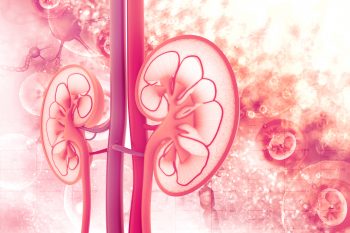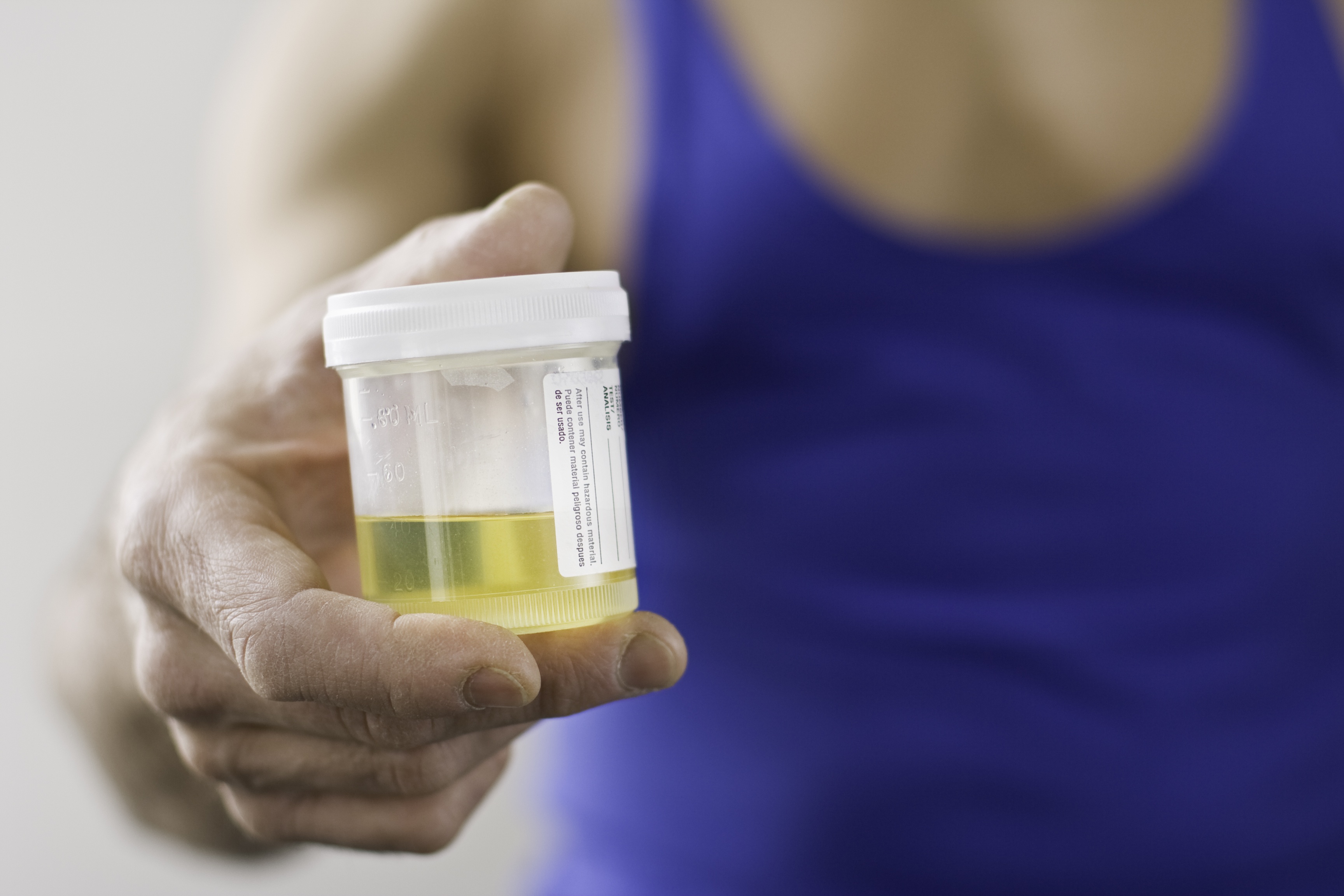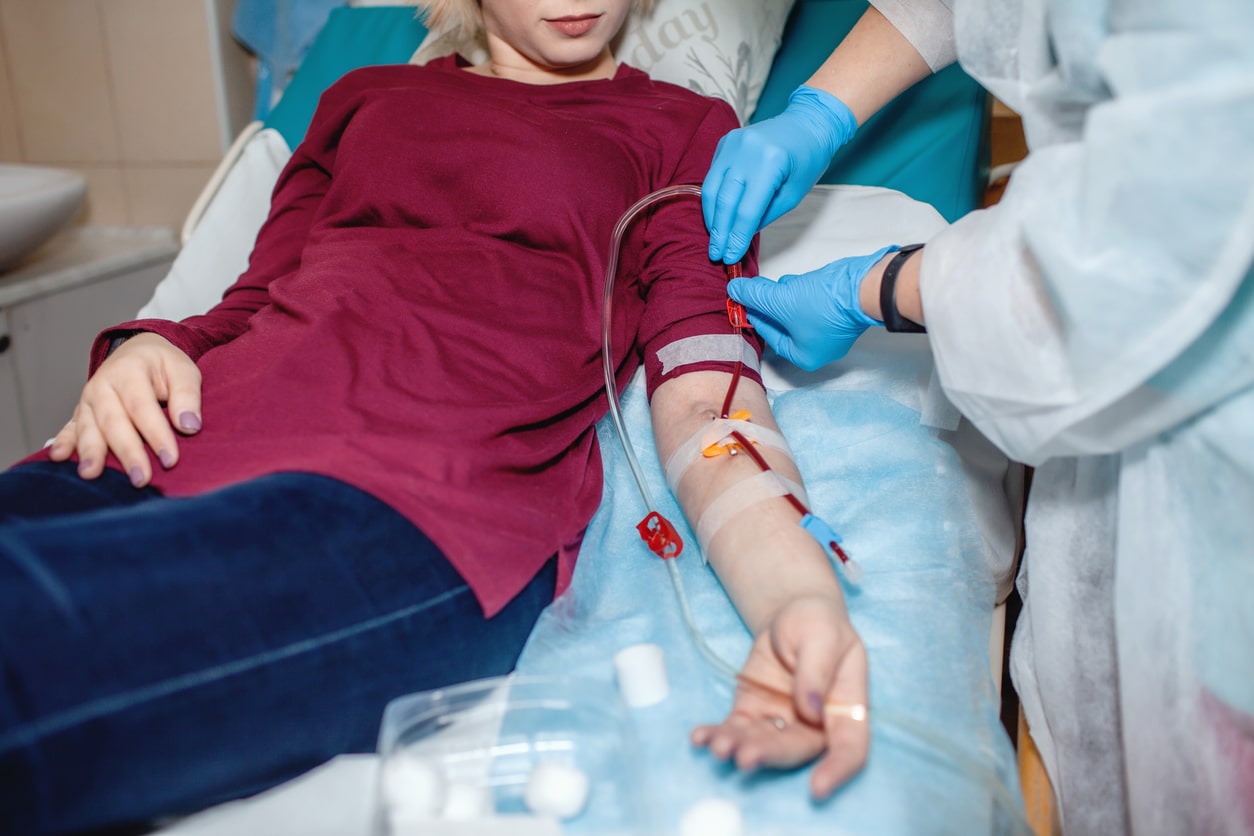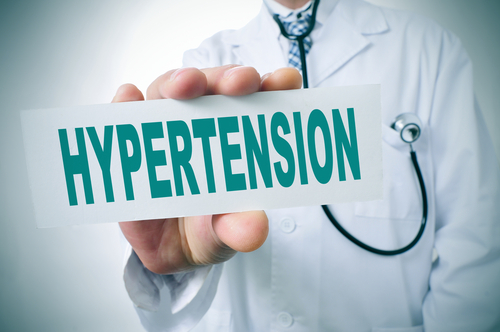
Kidney Week 2020
Despite use of renal replacement therapy (RRT) in patients with acute kidney injury (AKI) associated with coronavirus disease 2019 (COVID-19), there have been anecdotal accounts of an unusual incidence of persistent hyperkalemia and hyperphosphatemia. Akanksh Ramanand, MD, and colleagues conducted an analysis to examine the rate and severity of hyperkalemia and hyperphosphatemia in patients with COVID-19 who were actively treated with RRT.
Results of the analysis were reported during a virtual poster session at the ASN Kidney Week 2020. The poster was titled Refractoriness of Hyperkalemia and Hyperphosphatemia in Dialysis-Dependent AKI Associated with COVID-19.
Among a cohort of 161 patients with AKI associated with COVID-19, those who underwent RRT by sustained low efficiency dialysis (SLED) for ≥2 days (n=64) were included in the analysis (CoV-AKI). The control group (non-CoV-AKI) included patients from a database of patients with AKI on SLED who underwent urinary sediment microscopy (SEDI-AKI cohort; 2017-2019; n=60).
The outcomes of interest were the rate of hyperkalemia (defined as serum potassium ≥5.5 mEq/L), severe hyperkalemia (defined as serum potassium ≥6.5 mEq/L), hyperphosphatemia (defined as serum phosphate ≥4.5 mg/dL), moderate hyperphosphatemia (defined as serum phosphate ≥7.0-10.0 mg/dL), and severe hyperphosphatemia (defined as ≥10.0 mg/dL) as percent SLED-days with an event.
The two groups were similar in median age (60 years for CoV-AKI and 58 for non-CoV-AKI). In the CoV-AKI group, Black race and male sex were more common than in the non-CoV-AKI group (77% vs 30%; P<.0001 and 78% vs 61%; P=.04, respectively). The most common cause of AKI was ischemic acute tubular injury (85% of the CoV-AKI group and 82% of the non-CoV-AKI group).
Along the duration of SLED, the incidence of hyperkalemia was greater in the CoV-AKI group than in the non-CoV-AKI group (mean 19 SLED-days vs 14 SLED-days; P=.002). The proportion of patients with more than one event of severe hyperkalemia was greater in the CoV-AKI group compared with the non-CoV-AKI group (33% vs 7%; P=.0004).
The two groups were similar in incidence of hyperphosphatemia (mean 56 SLED-days vs 53 SED-days; P=.49). The proportions of patients with one or more events of moderate and severe hyperphosphatemia were greater in the CoV-AKI group than in the non-CoV-AKI group (86% vs 60%; P=.001 and 50% vs 18%; P=.0002, respectively).
In the CoV-AKI group, serum potassium and serum phosphate correlated with lactate dehydrogenase (R=0.305; P=.044 and R=0.307; P=.043, respectively. There was no correlation with creatine kinase. Hyperphosphatemia events correlated with shorter SLAD runs (hours/run) (R=–0.268; P=0.55).
In conclusion, the researchers said, “Hyperkalemia and hyperphosphatemia refractory to RRT (by SLED) were more frequent in CoV-AKI compared with other forms of AKI in the pre-Covid-19 era. Because of the correlation of serum potassium and serum phosphate with higher lactate dehydrogenase and shorter SLED runs, intracellular ion release from cell injury due to cytokine ‘storm’ and RRT interruptions may play a role.”
Source: Ramanand A, Varghese V, Wen Y, Mohamed M, Velez JCQ. Refractoriness of hyperkalemia and hyperphosphatemia in dialysis-dependent AKI associated with COVID-19. Abstract of a poster presented at the American Society of Nephrology virtual Kidney Week 2020 (Abstract PO0704), October 22, 2020.







 © 2025 Mashup Media, LLC, a Formedics Property. All Rights Reserved.
© 2025 Mashup Media, LLC, a Formedics Property. All Rights Reserved.